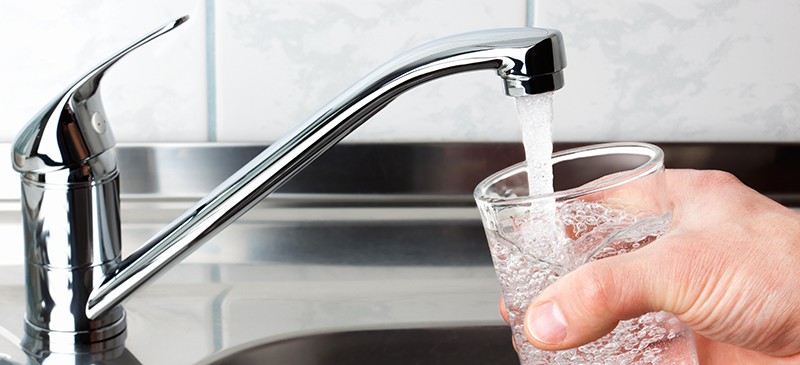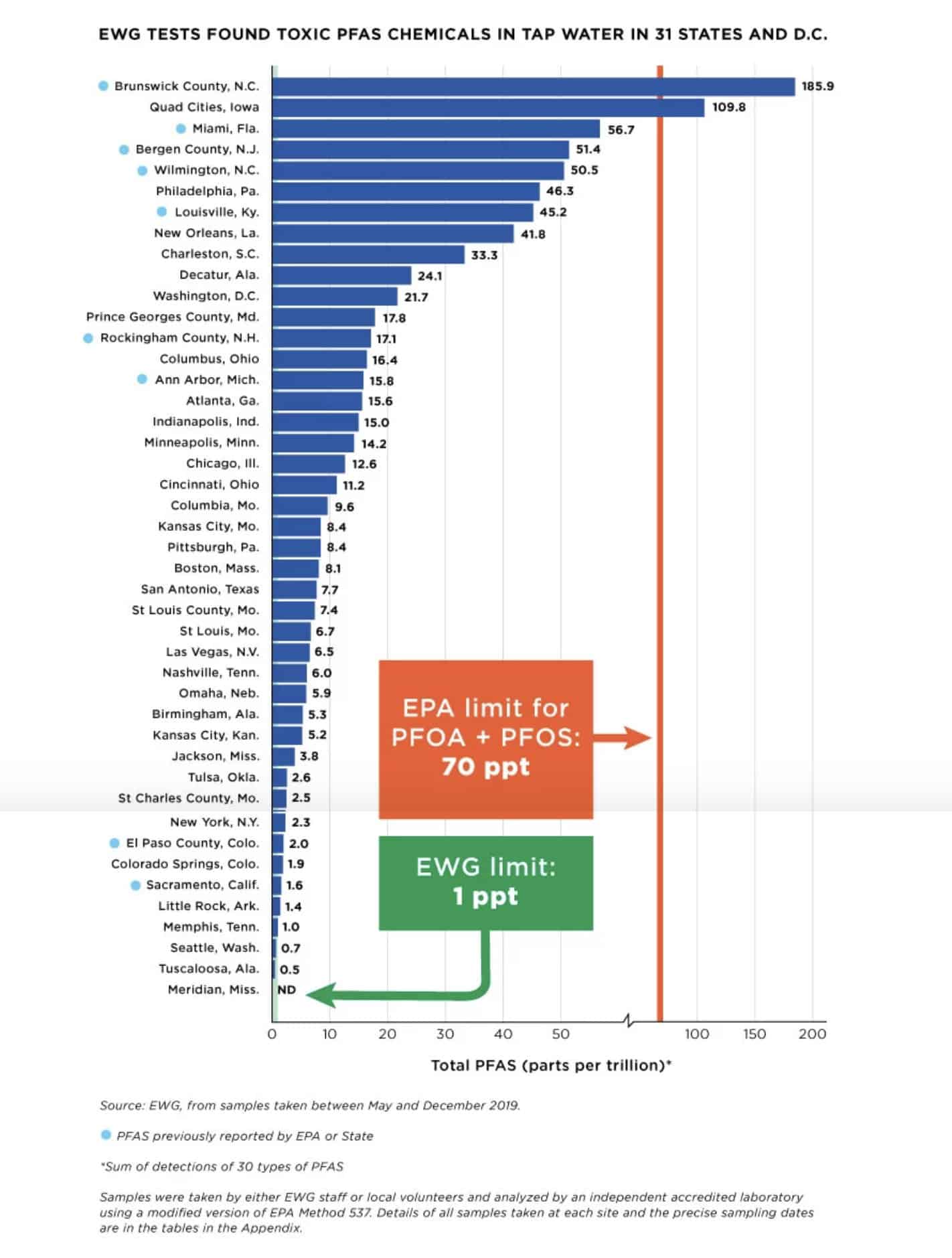This Dr. Axe content is medically reviewed or fact checked to ensure factually accurate information.
With strict editorial sourcing guidelines, we only link to academic research institutions, reputable media sites and, when research is available, medically peer-reviewed studies. Note that the numbers in parentheses (1, 2, etc.) are clickable links to these studies.
The information in our articles is NOT intended to replace a one-on-one relationship with a qualified health care professional and is not intended as medical advice.
This article is based on scientific evidence, written by experts and fact checked by our trained editorial staff. Note that the numbers in parentheses (1, 2, etc.) are clickable links to medically peer-reviewed studies.
Our team includes licensed nutritionists and dietitians, certified health education specialists, as well as certified strength and conditioning specialists, personal trainers and corrective exercise specialists. Our team aims to be not only thorough with its research, but also objective and unbiased.
The information in our articles is NOT intended to replace a one-on-one relationship with a qualified health care professional and is not intended as medical advice.
Tap Water Toxicity: Widespread Contamination Impacting Millions
February 21, 2020

Just because your tap water meets federal safety guidelines doesn’t mean it’s actually safe to drink, according to a first-of-its-kind analysis and user-friendly database. Using data from municipal water supplies all over the United States, Environmental Working Group found widespread tap water toxicity, including known and suspected cancer causers.
Some of the common contaminants identified include radioactive compounds, brain-disrupting pesticides, heavy metals like arsenic, carcinogens and “forever chemical” PFAS contamination. The report highlights the fact that the U.S. Environmental Protection Agency hasn’t set new tap water standards in almost 20 years. In fact, some standards are more than four decades old. That’s a scary thought, especially considering other water safety guidelines are currently on the federal government’s chopping block.
And in January 2020, newly released results found PFAS contamination in drinking water is actually worse than we originally thought. For the first time, PFAS chemicals turned up in the drinking water sources of major U.S. cities, confirming that the U.S. has been grossly underestimating the threat from this cancer-linked chemical that doesn’t seem to break down. PFAS is a group of hundreds of compounds, some of which are extensively used in fire-fighting foams utilized at airports and military installations. In the home, it’s found in nonstick cookware, stain-resistant clothing, furniture and carpeting and water-resistant products. It is linked to the development of cancer, abnormal fetal development and a reduced effectiveness of vaccines.
While filtration can be helpful, it depends in a variety of factors, including what type of PFAS chemical you’re dealing with, what other methods water treatment plants use and more. Some are removed by activated charcoal, while reverse osmosis, a more expensive and water-intensive filtration, is believed to be most effective.
In the end, this isn’t something we can water filter our way out of. PFAS contamination is now so widespread it’s detected in the Arctic and even in the rain.
With these watchdog reports comes increased pressure for a federal standard on PFAS chemicals in drinking water. The U.S. just announced it will work toward creating federal drinking water limits for two of the hundreds of PFAS chemicals, but it could take years. And trying to play catch up to clean up the water supply is going to be an expensive endeavor. Add to that the fact that the PFAS-related diseases are expensive to treat and cut lives short, and it’s easy to see this is a huge strain on not just our health, but the economy, too.
Beyond that, the current federal administration is eyeing up slashing other critical water protections at the same time. In the end, public health advocates stress the importance of better safety testing before a chemical compound is unleashed onto the marketplace — and into our water and ultimately, our bodies.
“EPA has wasted decades deciding whether to regulate PFAS – and they could take many more years before a drinking water standard is finalized,” says EWG Legislative Attorney Melanie Benesh. “But [the recent] decision shows that an avalanche of public pressure and overwhelming science is finally forcing EPA to act.”
Many other countries operate under the “precautionary principle” before allowing a chemical onto the market. This “emphasizes caution, pausing and review before diving into new innovations that may prove disastrous.” In the U.S., that is not the case. Instead, our current laws allow for fast-tracking chemicals, products and industrial practices. And it often takes decades for independent scientists to prove harm. Smoking is a classic example, but we also see this with natural gas compressor stations emissions, fracking chemicals and even household chemicals found in candles, cleaners and clothing.
Here’s an example of allowing a chemical into widespread use before proper safety testing. This is the PFAS in drinking water situation we’re currently facing…

And before you reach for that bottled water, know that isn’t the best option, either. Aside from the fact that these plastic bottles are terrible for the environment, some reports say that bottled water is no safer than tap water, and maybe even worse.
Related: Obesogenic Exposure: Top 7 Obesogens that Lead to Weight Gain & Obesity
Tap Water Toxicity Is Widespread, Impacting Millions in the U.S.
Back in late 2019, EWG identified tap water toxicity as a major problem in our water supply — things like dangerous chemicals, compounds and metals turned up regularly. For this analysis, EWG used existing recent data from 50,000 local utilities in every state.
But instead of just listing the contaminants and how they rate up against government standards, this analysis went a step further.
You see, government standards are often based on decades-old research; and sometimes no standards even exist for certain contaminants.
So EWG scientists looked at the most recent, up-to-date independent studies to create safety standards that will actually protect us from tap water chemicals linked to cancer, hormone abnormalities, learning disabilities and more. Cook says these numbers may not be convenient for water utilities or politicians, but it’s time to be real about the science to protect everyone’s health .
Here are some contaminants commonly turning up in tap water:
- Chloroform
- Nitrate
- Chromium-6, the carcinogenic “Erin Brockovich” chemical
- “Forever” PFAS chemicals used in nonstick products and military testing
- And more…
Enter Your Zip Code to See Your Water Concerns
“Our Tap Water Database shines a light on an ugly reality: The Safe Drinking Water Act is broken, and the water millions of Americans drink is contaminated with unhealthy pollutants like PFAS, pesticides, arsenic, hexavalent chromium and more.” – EWG President Ken Cook.
And just a note: While this analysis didn’t look at well water, it’s critical for private well owners to test for a wide range of contaminants annually.
More Water Woes
EWG’s Tap Water Database is an expanded look at tap water concerns, building off of another 2019 study estimating more than 100,000 cases of cancer may be linked to drinking water contaminants.
In fact, in 2009, a three-year study conducted by EWG found 316 chemicals in tap water throughout the country. Of these, 202 of the chemicals weren’t regulated, while others don’t pass guideline levels.
Guidelines are tricky, too. For instance, water utility companies who serve only a few thousand customers aren’t obligated to treat water to prevent lead contamination until after lead is discovered.
A ground-breaking report from USA Today found that about 4 million Americans receive their water supply from these small utility companies annually.
Many of them miss the annual testing for harmful chemicals, meaning water goes for another 365 days — at least — without anyone knowing whether tap water toxicity is an issue or not.
Bigger cities aren’t immune, though. As our nation’s infrastructure and pipes that are contaminated with things like bacteria, copper and lead aren’t replaced, it’s likely that we’ll see more Flint-like cases around the country.
In fact, the American Society of Civil Engineers gave the country a “D” on its 2017 Drinking Water Infrastructure Report Card. Among the reasons cited were the fact that, at the rate that utility companies are replacing outdated pipes (0.5 percent a year), it would take nearly 200 years to replace our aging system, well beyond the 50 to 75 years they’re built to withstand.
They also pointed to the lack of funding and investment in the quality of American drinking water and its infrastructure.
Tap Water and Cancer
There are many different links to cancer, but one of the latest is tap water contamination.
A scientific paper published in the journal Heliyon took a look at the health effects of carcinogens in more than 48,000 U.S. community water systems. The timeframe included 2010 to 2017.
Data from private well drinking water (approximately 13.5 million American households or about 14 percent of the U.S. population) was not included. The calculated cancer risk applies to a statistical lifetime (about 70 years).
What did the scientists learn or observe? Several things:
- Drinking water can contain a complex mixture of contaminants so unwanted health effects are likely coming from multiple pollutants (similar to air pollutants).
- The most at-risk water systems tend to serve smaller communities that depend on groundwater as their tap water source.
- Even though most community water systems are meeting legal requirements, the level of contaminants still pose human health risks.
- Most of the increased cancer risk is the result of tap water contamination with arsenic, disinfection byproducts like triclosan and radioactive elements such as radium and uranium.
The researchers point out, “Overall cancer risk metric represents a statistical probability of developing cancer over a lifetime of exposure to an individual carcinogenic contaminant or a mixture of contaminants at specified levels.”
So the concern is not about tap water causing cancer overnight, but rather that a lifetime of exposure to health hazardous tap water components may be significantly harmful, even cancer-causing.
Common Contaminants In Your Tap Water
Here are just a few of the toxic compounds that you might find in your water supply.
1. Atrazine
Atrazine is the second-most widely used herbicide in the country. But it doesn’t stick to just crops; atrazine winds up in our ground and surface water, where it later winds up in our water supply, and often at levels much higher than what’s considered safe.
Atrazine is known as an endocrine disruptor, or a chemical that after enough exposure, messes with our hormonal systems. Having just one hormone out of whack can cause serious developmental, neurological, reproductive and immune effects.
The chemical has been linked to birth defects during pregnancy and raised levels of estrogen in women, which can increase the risk of both breast and ovarian cancers. It’s also been found to feminize frogs, turning once-male frogs into females.
2. Lead
Lead is a heavy metal that leaches through lead pipes and corroded infrastructure. It is toxic to almost every major organ in the body and acts as a poison in the body.
What’s scary is that it’s absorbed by the bloodstream, affecting different parts of the body as it reaches them. It’s especially dangerous for children, because their bodies are more susceptible to both absorbing and retaining the metal.
Lead can negatively affect the absorption of calcium leading to potential bone, teeth, muscle, nerve and blood vessel issues. It also harms the body’s creation of blood cells. At high levels, lead can even lead to kidney and brain damage.
3. Arsenic
Arsenic is another chemical that’s found in our tap water. In 2001, the EPA finally lowered the drinking water standard from 50 ppb to 10 ppb.
Sadly, the agency had advocated for the limit to be 5 ppb, but water companies argued it would too expensive to implement.
Arsenic has been linked to cancers of the prostate, liver, kidneys, lungs, skin and nasal passages, among others. While arsenic levels have decreased since the EPA’s standards changed, it’s still a concern in tap water.
4. Fluoride
One of the biggest concerns regarding tap water includes fluoride because of the way it’s referred to as a completely benign substance, when it is, in fact, connected to many dangers to your health. We discuss this in-depth in “Is Fluoride Bad For You?”
Some of the major dangers of fluoride include central nervous system disruption, elevated risk of diabetes and higher risk of some cancers.
Although many sources claim that there is nothing at all negative about fluoride, researchers from Harvard conducted a pilot study in China in 2015 to investigate alarming findings from a major meta-analysis they completed about these developmental and cognitive risks.
Related: Raw Water Trend: Healthier Hydration or Unsafe to Drink?
Why Bottled Water Isn’t a Better Option
If tap water has so many issues, shouldn’t bottled water be the better option? Not so fast.
Just like tap water, bottled water comes with risks, too.
For starters, per gallon, bottled water costs about 2,000 times more than tap water. Worse, there’s not even a guarantee that you’re getting anything better than what’s coming out of your faucet.
Bottled water manufacturers aren’t required to disclose the level of contaminants in their water, and in many cases, it’s simply tap water anyway. While the EPA oversees what comes out of the tap, it’s the Food and Drug Administration that’s responsible for bottled water.
That usually means ensuring that what’s advertised on the label is what’s actually being sold. It’s up to states to regulate the actual water, though sometimes not even that happens.
And you might be paying more money for no reason. The National Resources Defense Council estimates that at least 25 percent of bottled water is really just tap water and 22 percent of the brands they tested contained contaminant levels above state health limits.
Another reason to be wary of bottled water is the amount of chemicals that leach from the plastic bottles. Bisphenol A is one of them.
BPAs, as they’re known, are found in plastics, including water bottles. They can be transmitted from the bottle to the water, even if the water wasn’t originally tainted with BPAs.
These chemicals are another endocrine disruptor. In this case, they mimic estrogen, interfering with all hormone levels and genetic messages.
BPAs are linked to reproductive health problems and breast, ovarian and prostate cancers. Diabetes and liver toxicity might also be linked to the chemical.
So when does bottled water make sense? If you’re traveling somewhere with bad water quality or are on the go and the only other option is soda and another unhealthy drink then, by all means, grab a bottle of water.
But be sure to check the label before drinking. If it says the water comes from a “municipal source,” “P.W.S.” (public water source) or from a “community water system,” it’s just plain ole tap water.
Skip “purified water” or “drinking water,” too, and look for spring water.
Related: Hydrogen Water: Healthier Water or Marketing Gimmick?
Guide to Water Filters
If tap water can’t always be trusted and bottled water is often just really expensive tap water, what’s the safest option?
Using an at-home filter is your best bet. This will remove toxins that might be lingering in the water supply without the exorbitant price of purchasing bottled water.
There are six different kinds of water filters and eight different filtering methods.
There are several different types of water filters: a pitcher, a faucet-mount, a faucet-integration, a counter-top filter, an under-sink filter or a whole-house water filter. You should choose the option that works best with your family’s lifestyle and that will be easiest to use consistently.
(I recommend EWG’s Water Filter Buying Guide for more details.)
There are also a variety of filtering methods to choose from, including carbon-activated, ceramic, ion exchange, mechanical filters, ozone, reverse osmosis, UV light and water softeners. Check out the differences in filtering methods below:
- Carbon/Activated Carbon Filters: Activated carbon binds with many contaminants and removes them from water. It can remove asbestos, chlorine, lead, mercury and volatile organic compounds (VOCs). But carbon filters cannot remove arsenic, fluoride, nitrate or percolate. Their effectiveness varies widely by manufacturer — some may only remove chlorine.
- Ceramic Filters: Ceramic filters work like spaghetti strainers, blocking sediment and large particles. They do not remove chemicals.
- Deionization/ Ion Exchange Filters: An ion exchange filter can remove heavy metals, minerals and charged ions. It cannot remove chlorine byproducts, microorganisms or volatile organic chemicals (VOCs).
- Mechanical Filters: These strainers can remove large particles from water but do not remove chemicals.
- Ozone Filters: Ozone can kill bacteria and microorganisms but does not remove chemicals.
- Reverse Osmosis: Reverse osmosis filters use a semi-permeable membrane that can trap any molecule bigger than water. They are more effective than carbon filters since they are able to remove fluoride. A reverse osmosis filter is my personal recommendation for the kind of water filter that is best.
- UV Light: Ultraviolet light kills bacteria and microorganisms but does not remove chemicals.
- Water Softeners: These ion exchange filters remove barium, calcium, magnesium and radium. They do not remove other contaminants. They also add sodium to the water.
Final Thoughts
Tap water toxicity is pretty scary. We don’t want to imagine that something we rely on so heavily has the potential to adversely affect our health.
Unfortunately, our system has a way to go until we can confidently drink tap water without fear of toxicity. Until then, using a water filter is your best bet. And elect local, county, state and federal officials who will take water safety seriously. Your life very well may depend on it.














